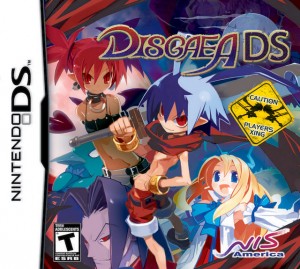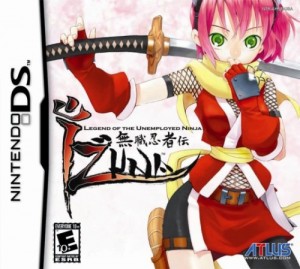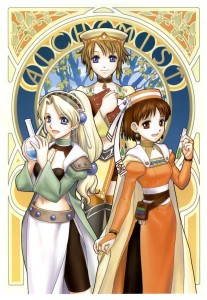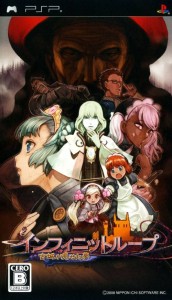 After the last post I made about Disgaea, I received some very helpful comments that made me decide to give the game one last chance. To that end I also switched from the PS2 version to the DS version
After the last post I made about Disgaea, I received some very helpful comments that made me decide to give the game one last chance. To that end I also switched from the PS2 version to the DS version in the hopes that this would make the game feel more accessible.
Changes I had to make to be able to play this game:
– Ignore Dark Assembly apart from picking up canon fodder at the start
– Ignore Item World apart from the mandatory trip in Chapter 3
– Ignore Geo Symbols as much as possible
– Laharl basically solos. The rest toss him Candy or distract enemies long enough for Laharl to heal.
Thanks to these changes I was able to make it to an all-time high of 5 hours and 30 minutes played. I reached Episode 5 (Jotunheim) for anyone who is familiar with the game. Unfortunately being able to play that far just deepened my realization that Disgaea just isn’t for me. I still don’t know what it is about the game that I dislike so much, but at this point I’ve given up on finding out.
Since I had to completely gut and neuter the system to make it even remotely playable, however, I suspect it might have something to do with my innate dislike for fussy battle systems, especially in SRPGs. I’m also not that crazy about grinding, so the idea that I’d have to dive into all my weapons and armor (the shops never seemed to update) and fight at least 10 battles each to power them up just a little bit is off-putting, to say the least. The story and the characters were also a little too kiddy for me. What is love~ Baby don’t hurt me~ don’t hurt me~ no more~♫
No need to kick a game while it’s down. Thanks to all who helped me figure out a way to play a little more of this before quitting. I’m sorry all your efforts were in vain, but I gave it my best shot. I really did. And now, at last, it’s time to move on.


